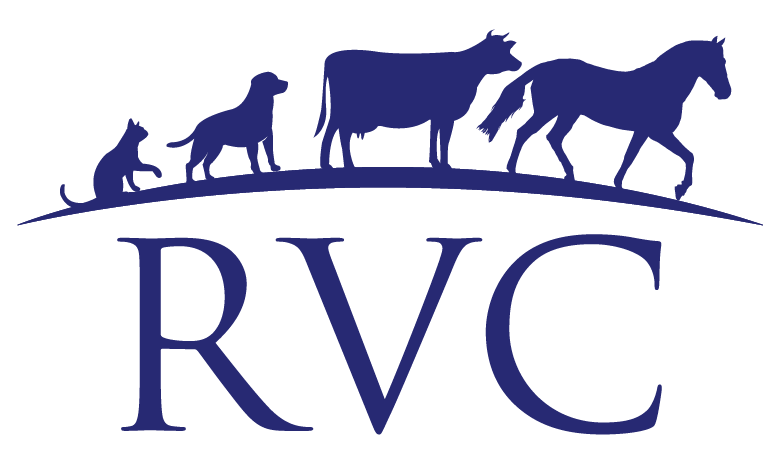2024 - 2025 Clinic Reproduction Averages
The season is flying by and many of you have done your milk quality/dry off consults already. This season has had its fair share of challenges (e.g. the lack of scheme water), despite a very positive milk price. Looking to reproduction results, we’ve included the averages below for our Infovet farms for your interest. Benchmarking can help us to see what the potential is out there, despite the challenges of the season. As ever, our large animal team are happy to run through your results and help with any areas you would like improvement on, creating a farm specific plan with you.
The graph above shows the DairyNZ InCalf target 6-week in calf rate (ICR) of 78%, and our clinic Infovet user average of 69% (calculated for the 49 farms who give detailed information on Infovet). This average is UP 2% from last year – a great result. As can be seen, there is a wide (33%) variation across these farms. Many factors (some out of our hands) can have an influence. There is obviously submission and conception rate, but as ever preparation for a great reproductive season starts early:
Maintaining optimal weight gain in heifer replacements
Allowing cows to have sufficient time dried off to be at the optimal BCS for calving
Monitoring BCS through winter to prepare for calving
Ensuring cows transition back to the platform with as little stress as possible and with optimal nutrition
Particularly looking after first calvers in their first few months up to mating (e.g. keeping them in a separate mob)
Recording pre-mate heats to know what’s happening and if intervention is required
Intervening with non-cyclers early to gain the most benefits
Monitoring submission rates, non-return rates etc through mating to allow changes to be implemented if things are not going to plan
Considering early aged pregnancy testing to allow changes to be implemented if things haven’t gone to plan – e.g. another round of intervention, short gestation semen.
This graph below shows the target DairyNZ and nation-wide Not-in-calf rates with changing mating length. This can be harder to compare between farm systems, with many variables. However, it does allow for some benchmarking to occur. Bear in mind the difference between empty rate and not-in-calf rate (which includes culls without pregnancy tests, doubtfuls etc).


